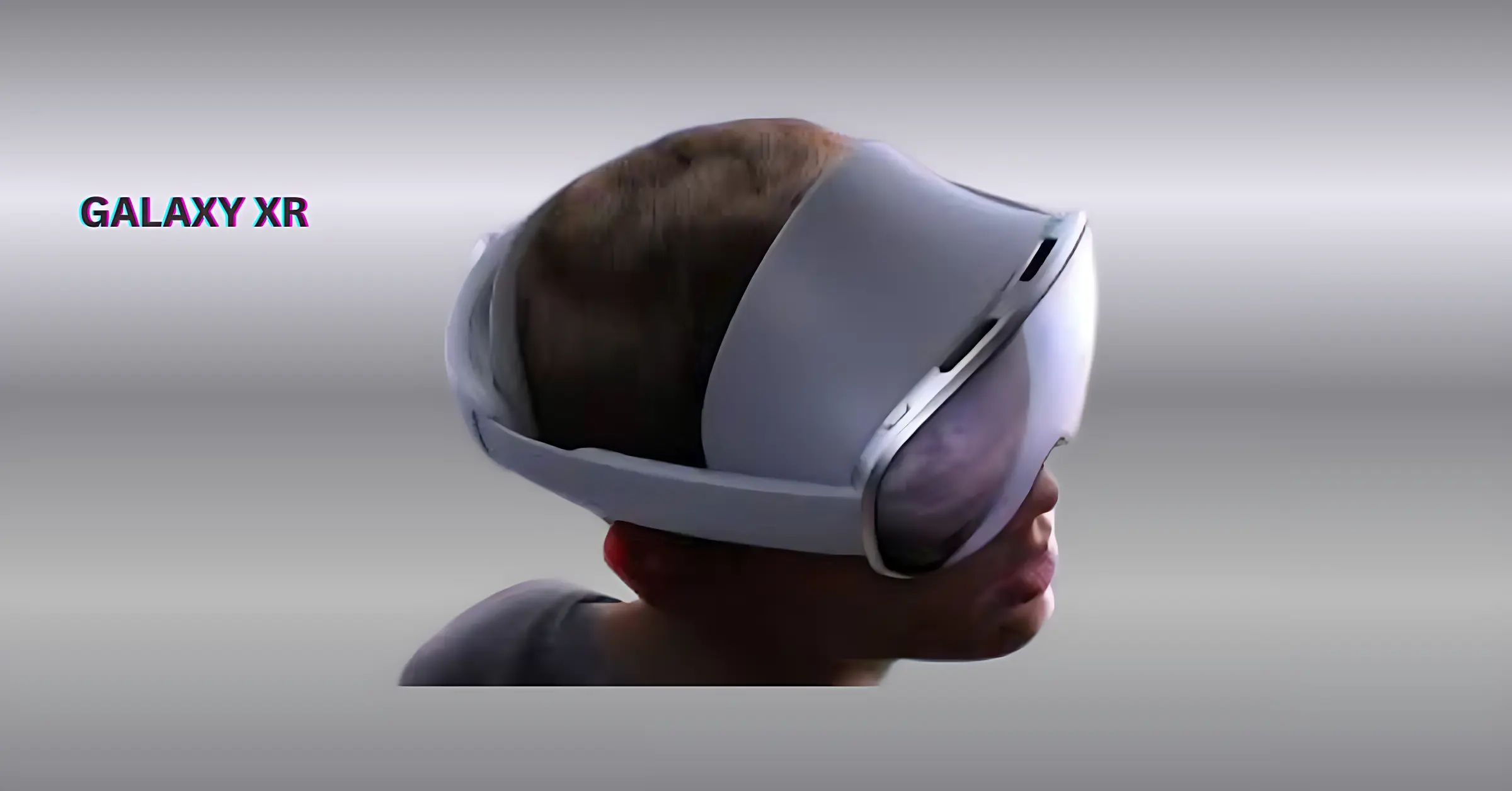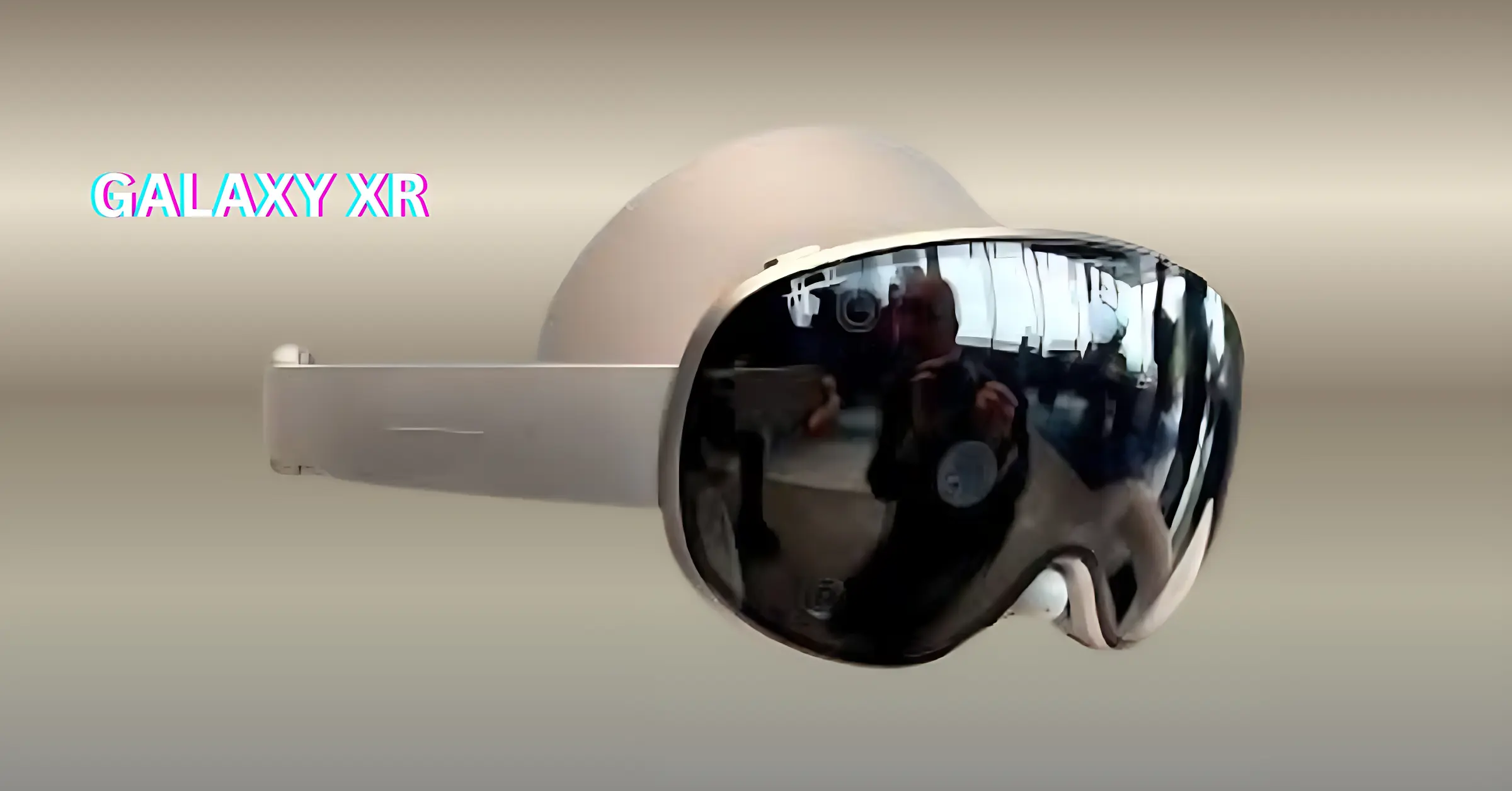Samsung’s Galaxy XR headset launches with powerful Gemini AI, Android XR support, and a 4K Micro-OLED display—bringing the future of immersive technology to life.
Samsung has officially stepped into the future with the launch of its first AI-native headset—the Galaxy XR. The device marks a bold step into the world of extended reality (XR), combining augmented reality (AR) and virtual reality (VR) into one powerful system. Co-developed with Google and Qualcomm, this futuristic headset brings a new dimension to the way we interact with technology—literally.
A headset built for the AI age
The Galaxy XR runs on Android XR, Google’s new platform designed specifically for immersive experiences. What makes it special is its built-in Gemini AI, which works directly at the system level. This means you can talk to your headset just like you do a smartphone—but now, it responds to voice, hand gestures, and even your gaze.
Want directions in Google Maps? Just ask. Do you need to use Circle to open YouTube or search while looking at the world around you? No problem—pass-through mode does that. From Google Photos to Maps, every familiar Android app has been optimized to work in rich, 3D environments that feel futuristic but intuitive.
You can feel the power and performance you can feel
At the heart of the Galaxy XR is Qualcomm’s Snapdragon XR2+ Gen 2 processor, a chip built to handle the heavy demands of mixed reality. Pair this with the 4K Micro-OLED display, and you get crisp visuals that look almost lifelike. The headset tracks your head, hand, and eye movements with remarkable accuracy, creating a natural and fluid experience.
Samsung has clearly learned from competitors like Apple. While Apple’s Vision Pro is powerful but heavy, the Galaxy XR weighs just 545 grams, making it more comfortable for longer sessions. The device features soft lens padding, an adjustable strap, and a detachable light shield to reduce eye strain. It’s designed to feel light on your head and easy on your hands.
Design that balances style and comfort
Visually, the Galaxy XR is a stunner. It has a reflective front panel, soft colorful fabric, and a sleek, futuristic design that looks straight out of a sci-fi movie. Samsung has also focused on ergonomics, ensuring comfort for long periods of wear—something some early AR/VR headsets struggled with.
And unlike the Apple Vision Pro, which mirrors your eyes on an external display, the Galaxy XR opts for simplicity and efficiency. It has a magnetic visor that can block out external light for a completely immersive experience, perfect for gaming, movies, or 3D design work.
Hardware that exceeds expectations
Samsung has packed this headset with high-end hardware. These include:
16GB RAM and 256GB internal storage
Micro-OLED display with 90 Hz refresh rate and 3552 x 3840 resolution
95% DCI-P3 color coverage for realistic scenes
109° horizontal and 100° vertical field of view
But the real magic lies in its sensors and cameras. Features of Galaxy XR:
6 world-facing cameras for motion and gesture tracking
Four internal eye-tracking cameras
depth and flicker sensor
6 microphones with beamforming
Two-way stereo speaker with woofer and tweeter
Iris recognition for security and personalization
It comes with a multi-camera setup that captures 3D photos and 6.5MP videos, allowing users to relive moments with depth and realism.
Battery and connectivity
Samsung has taken a clever approach with its swappable battery design. For convenience the battery pack connects separately and can be replaced on the fly—no tools required. Each pack lasts for up to 2.5 hours of video playback or 2 hours of mixed use, which is on par or better than many existing VR headsets.
Connectivity is also future-ready, with support for Wi-Fi 7 and Bluetooth 5.4 ensuring stable and fast data transfers.
Android XR meets Gemini AI: a smart duo
Running Android XR means you’re not walled off. The Galaxy XR supports Android apps from the Google Play Store, which are optimized for immersive experiences. Samsung has layered it with its One UI XR, a custom interface that simplifies controls through gestures and spatial navigation.
The Gemini AI assistant makes multitasking effortless—it can manage apps, get real-time data, or perform relevant searches using Circle to Search. Imagine seeing an object in real life and instantly getting information about it—Samsung promises to deliver a similar futuristic experience.
Pricing and Availability
Samsung Galaxy XR is now available in the United States and South Korea, priced at $1,799.99 (approximately ₹1.58 lakh in India). In Korea, it is listed for ₩2,690,000 (approximately ₹1.65 lakh). Buyers can also opt for monthly installments of $149 (approximately ₹13,000).
Samsung offers the headset in a silver shadow color, giving it a premium, space-age look. Pre-orders placed between October 21 and November 16 come with a $100 credit toward future Samsung purchases.
A glimpse of Samsung's XR future
The Galaxy XR isn’t just another gadget—it’s part of Samsung’s broader plan to build a multi-device XR ecosystem. The company is reportedly developing AI-powered glasses that will run on the same Android XR system, allowing users to move seamlessly between devices.
The launch also marks a deeper partnership between Samsung, Google, and Qualcomm, which aims to rival Apple’s dominance in the XR space. And given the hardware and AI integration, Samsung is off to a strong start.
Conclusion
The launch of the Samsung Galaxy XR marks a bold new chapter in the world of immersive technology. With Gemini AI, Android XR, and a sleek, lightweight design, Samsung has created more than just a headset—it’s a gateway into the future of digital interaction. The Galaxy XR seamlessly merges the real and virtual worlds, offering endless possibilities for gaming, entertainment, education, and work.
By combining powerful hardware with intuitive AI-driven features, Samsung has positioned the Galaxy XR as a serious contender against Apple’s Vision Pro—but at a more accessible price. As the company expands its XR ecosystem, this device could be the foundation for a new era of spatial computing.
In short, the Galaxy XR isn’t just a glimpse of what’s next—it’s the beginning of a whole new way to experience technology.


